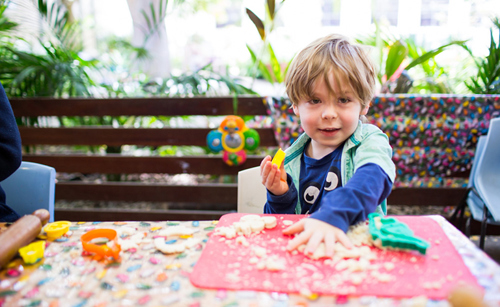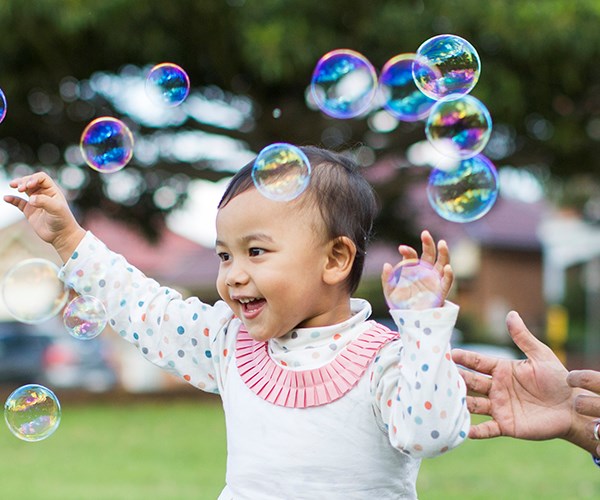Exploring the art of early childhood development

Whether it’s through involvement in painting, craft, music, dance or storytelling, art promotes children's sense of belonging and wellbeing while encouraging creativity and exploration of the world around them. It supports the revisiting and re-living of the beautiful moments in life, and teaches them about diversity and cultural sensitivity. In short, it’s one of the most important stimuli we can expose them to.
Happily, art can be explored in the simplest of ways. When infants immerse their fingers in a bowl of gooey substance, they’re actually exploring texture, smell, colour and condition. When a toddler uses paint to apply bold, colourful brush strokes to a piece of paper, they’re experiencing the joy of making a mark and noticing the instant result of their action. When a preschooler arranges blocks, feathers, pebbles or doll figurines on a table in a quiet corner, they’re re-living the experience of seeing a similar arrangement or exercising creativity by imagining a completely original configuration.
While art in many forms is central to our work here at SDN Mosman, promoting your child’s interest and involvement in art is something you can easily do at home. A perfect way to introduce your infant to art is through textural play using edible or other safe-for-mouth materials, such as softly cooked vegetables and fruit, edible paint, sensory bottles, scraps of fabric, and natural materials. This will also provide a fun opportunity for exploring colours, smells, and even the sounds that different materials make.

As your child grows, expect their interest to shift more towards changing the form and location of different objects. This is where you could introduce various recycled boxes, finger paints, crayons, or natural materials that can be moved from one container to another. Musical instruments, paintbrushes, play dough and ribbons for dancing could also be great additions at this point. When they get to preschool, they’ll again start to use their imagination and creativity a little differently. With most of their drawings and paintings now having a personal story behind them, it'll be important to provide them with lots of materials and time to engage with them.
The great thing is, you can never over-expose your child to art. By investing your time to develop their creativity, you’re helping to inspire a life-long learner who’s curious about the world around them, who has empathy for living things, who can admire beauty and know right from wrong, and who has a sense of community and pride in their own work.
You can find out more about SDN Mosman here.






